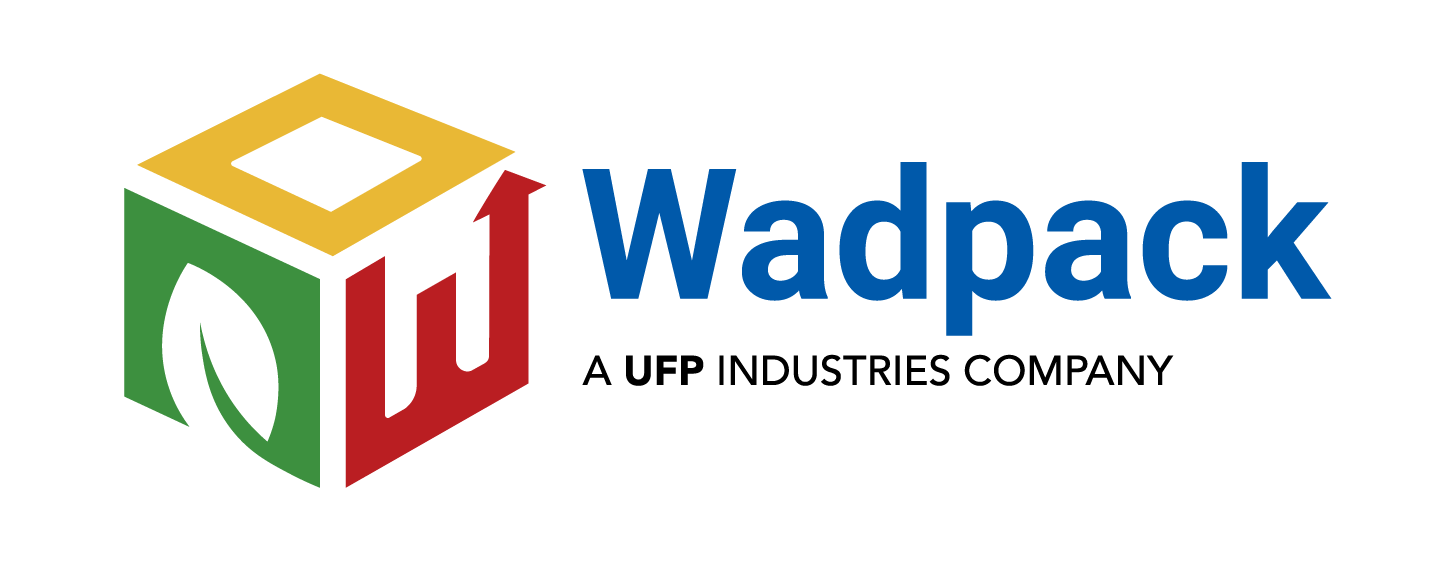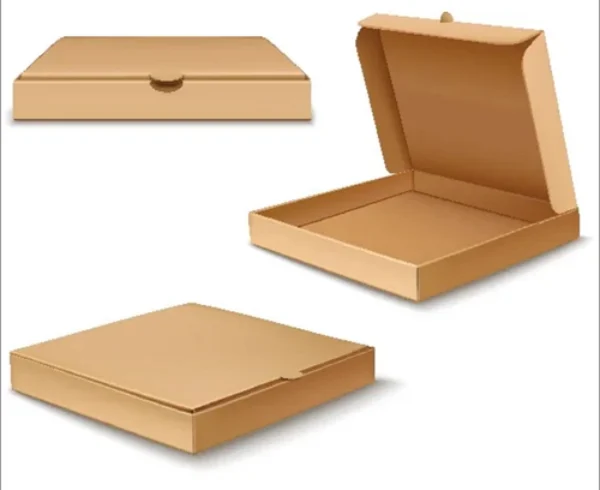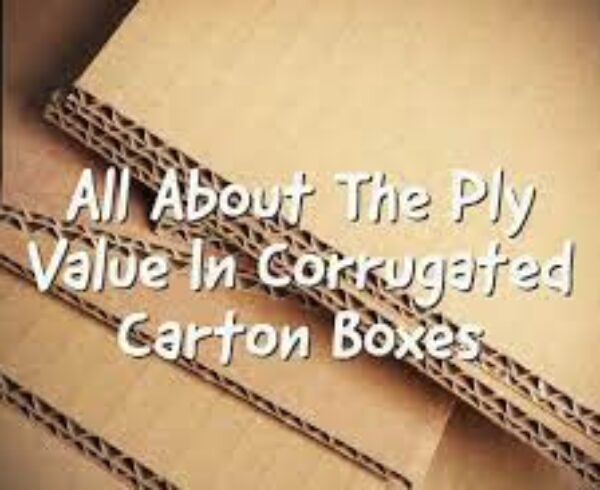Basic Tips for Making Good Food Packaging Boxes

Creating good food packaging boxes is essential for ensuring product safety, attracting customers, and enhancing brand identity. The packaging serves as the first point of contact between the consumer and the product, making it crucial to make a positive impression. In this guide, we will discuss some basic tips for making good food packaging boxes.
- Understand Your Target Audience: Before designing food packaging boxes, it’s essential to understand your target audience. Consider their preferences, demographics, and buying behavior. For example, if you’re targeting health-conscious consumers, you may want to use eco-friendly and sustainable materials.
- Choose Appropriate Materials: Selecting the right packaging material is crucial for maintaining the quality and freshness of the food. Some common packaging materials for food products include cardboard, paperboard, glass, and plastic. Consider the nature of the food, its shelf life, and the necessary protection it requires when choosing the material. Ensure that the material is food-grade and complies with safety regulations.
- Optimize Packaging Design for Protection: The primary purpose of food packaging is to protect the product from damage and contamination. The design should provide adequate protection against physical impacts, moisture, air, and light. Conduct tests to ensure the packaging can withstand shipping and handling without compromising the food’s quality.
- Ensure Product Information is Clear: Food packaging should clearly display important product information. Include details such as the name of the product, ingredients, nutritional information, allergen warnings, cooking instructions (if applicable), and any other relevant details. The font size and style should be legible, ensuring that customers can easily read and understand the information.
- Incorporate Branding Elements: Packaging plays a crucial role in establishing brand identity and recognition. Incorporate your brand logo, colors, and unique design elements to make the packaging visually appealing and easily recognizable. Consistency in branding across all packaging materials helps create a cohesive and professional image.
- Consider Sustainability: With increasing consumer awareness about environmental issues, sustainable packaging has become a significant consideration. Whenever possible, opt for eco-friendly and recyclable materials. Reduce excessive packaging and choose materials that have a lower environmental impact. Clearly communicate your sustainability efforts on the packaging to resonate with environmentally conscious consumers.
- Focus on Visual Appeal: Eye-catching packaging can attract customers and make your product stand out on the shelves. Use vibrant colors, visually appealing graphics, and high-quality images to create an appealing design. Consider the overall aesthetic and ensure that it aligns with your brand image and target audience.
- Keep Packaging Functional and Convenient: While aesthetics are crucial, functionality and convenience should not be overlooked. Ensure that the packaging is easy to open, close, and handle. Use features such as resealable zippers or tabs to maintain the freshness of the food after opening. The packaging should be designed to fit well on store shelves and allow for efficient stacking and storage.
- Conduct Usability Testing: Before finalizing the packaging design, conduct usability testing with a sample audience. Observe how easily they can open the packaging, understand the product information, and interact with the design. Incorporate feedback to make necessary improvements and enhance user experience.
- Stay Updated with Regulations: Food packaging is subject to various regulations, including labeling requirements, nutritional information, and safety guidelines. Stay updated with the latest regulations in your region to ensure compliance. Non-compliance can lead to legal issues and damage your brand’s reputation.
- Consider Shelf Impact: In a crowded marketplace, your packaging should grab attention and create a positive shelf impact. Analyze competitor packaging and identify ways to differentiate your product. Consider factors like shape, size, and unique design elements that can make your packaging visually appealing and distinct.
- Include Marketing Messages: Leverage the packaging as a marketing tool by including key marketing messages. Highlight unique selling points, certifications, awards, or any other factors that differentiate your product from competitors. Craft compelling copy and taglines that resonate with your target audience and persuade them to choose your product.
- Test Printing Quality: Poor printing quality can undermine the overall impression of your packaging. Ensure that the graphics, images, and text are printed clearly and accurately. Test the printing quality on different packaging materials and finishes to achieve the desired results.
- Consider Convenience for Retailers: If your product will be sold in retail stores, consider the convenience of retailers. Ensure that the packaging is easy to stock, display, and manage on the shelves. Consider features like stackability, size compatibility, and ease of transportation to make it appealing to retailers.
- Continuously Innovate: The packaging industry is constantly evolving, and it’s important to stay updated with the latest trends and innovations. Keep an eye on new materials, printing techniques, and design concepts that can enhance your packaging. Regularly evaluate and improve your packaging to stay ahead of the competition.
By following these basic tips, you can create good food packaging boxes that effectively protect your products, appeal to customers, and strengthen your brand identity. Remember to consider your target audience, prioritize functionality and sustainability, and continuously strive for innovation to create packaging that leaves a lasting impression.




Leave a Comment